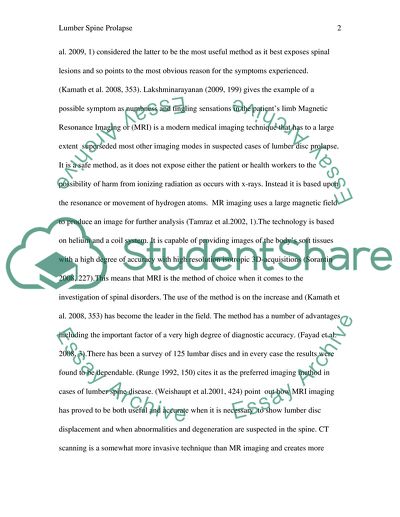Cite this document
(“Lumber Spine Disc Prolapsed in MRI Annotated Bibliography”, n.d.)
Lumber Spine Disc Prolapsed in MRI Annotated Bibliography. Retrieved from https://studentshare.org/english/1741889-lumbar-spine-disc-prolapsed
Lumber Spine Disc Prolapsed in MRI Annotated Bibliography. Retrieved from https://studentshare.org/english/1741889-lumbar-spine-disc-prolapsed
(Lumber Spine Disc Prolapsed in MRI Annotated Bibliography)
Lumber Spine Disc Prolapsed in MRI Annotated Bibliography. https://studentshare.org/english/1741889-lumbar-spine-disc-prolapsed.
Lumber Spine Disc Prolapsed in MRI Annotated Bibliography. https://studentshare.org/english/1741889-lumbar-spine-disc-prolapsed.
“Lumber Spine Disc Prolapsed in MRI Annotated Bibliography”, n.d. https://studentshare.org/english/1741889-lumbar-spine-disc-prolapsed.


